4 Times Designers Say You Should Ditch Curtains — There Are Good Reasons Why Even Luxury Homes Sometimes Have No Window Treatments
Oddly-shaped windows? An attention-worthy view? These are all the instances when designers say to skip window coverings


Window treatments. We've all got them, right? Well, not necessarily it seems. Although for many, window dressings are an automatic addition, increasingly we're seeing architects and designers choose to forgo them in certain instances, which begs the question: should you be skipping window dressings, too?
In all honesty, I'm not sure how I feel about opting out of all modern window treatments entirely. They're essential for privacy, and often add much-needed softness to modern spaces.
So, what's the draw? Why would you ever skip window coverings? Is it purely for aesthetics, or is there a practical reason behind it, too? To find out more, I asked interior designers to share their thoughts on the topic. Here's what they told me.
When To Skip Window Treatments
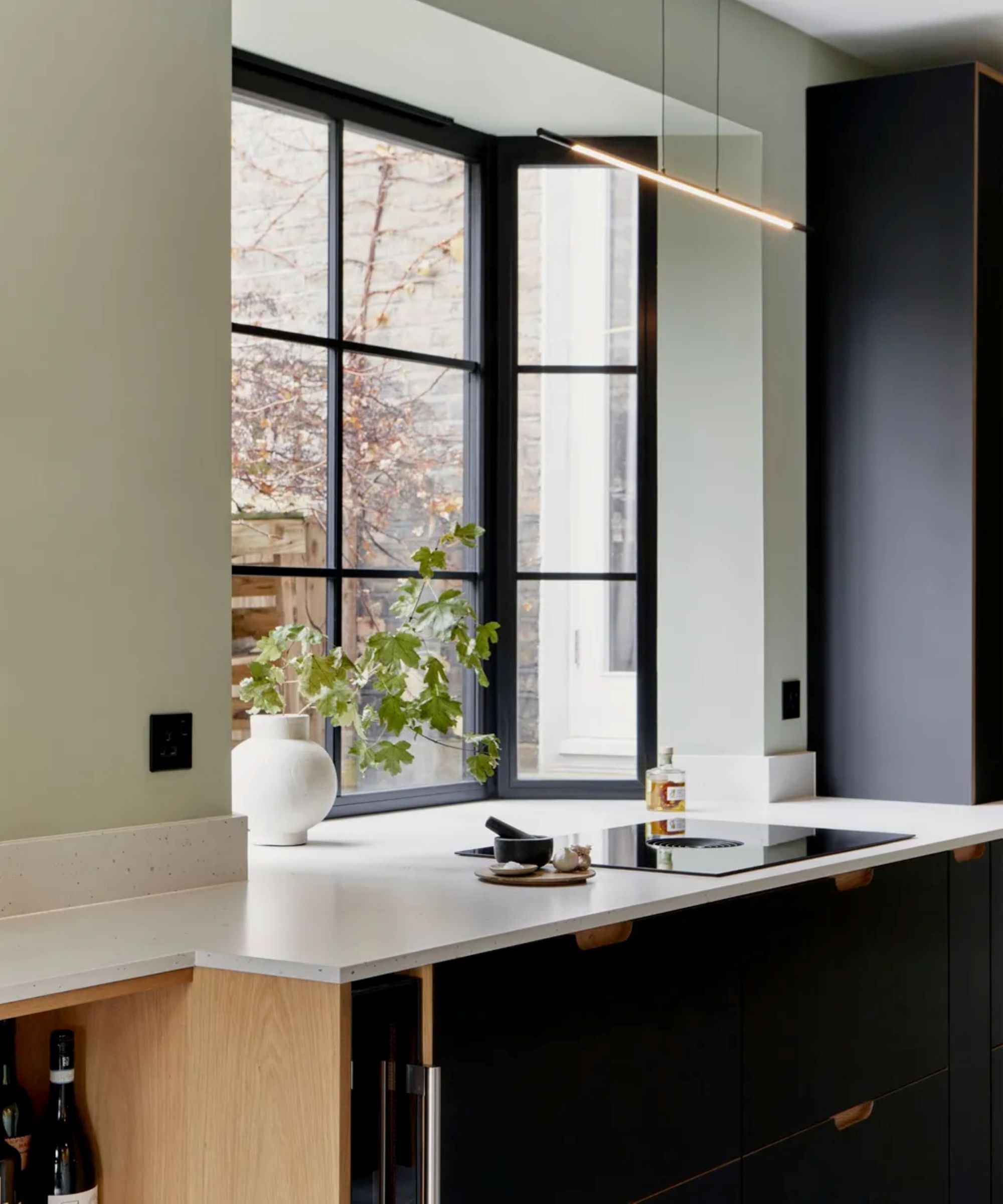
In spaces prone to mess, like the kitchen, it's wise to skip fabric curtains on windows. They're subject to stains and can withhold scents easily, requiring frequent cleaning.
1. In Spaces Prone to Mess
In certain rooms, forgoing window coverings can actually be beneficial. That's because in rooms subject to dirt and frequent mess, window coverings may end up doing more harm than good.
Architectural designer Georgina Wilson lists fabric window dressings are one of the biggest kitchen window mistakes. "[It's] a highly functional space," she says, "and any treatments that can’t handle splashes, stains, and frequent cleaning are more of a hassle than an asset."
That's not to say every curtain type is an issue, but, "Fabric can absorb water, oils, and cooking smells, making it harder to maintain hygiene in key zones like the sink or cooktop area," she says.
Aside from the kitchen, other more functional spaces like the bathroom or a mudroom might also benefit from not having window coverings. "Treatments in these areas can be harder to maintain and keep looking pristine," says interior designer Jennifer Jones.
The Livingetc newsletters are your inside source for what’s shaping interiors now - and what’s next. Discover trend forecasts, smart style ideas, and curated shopping inspiration that brings design to life. Subscribe today and stay ahead of the curve.

Georgina Wilson is an award-winning registered architect with over two decades of experience designing residential and commercial spaces that blend beauty and functionality in meaningful ways. She believes that a home should not only be visually captivating but should also enhance everyday living.
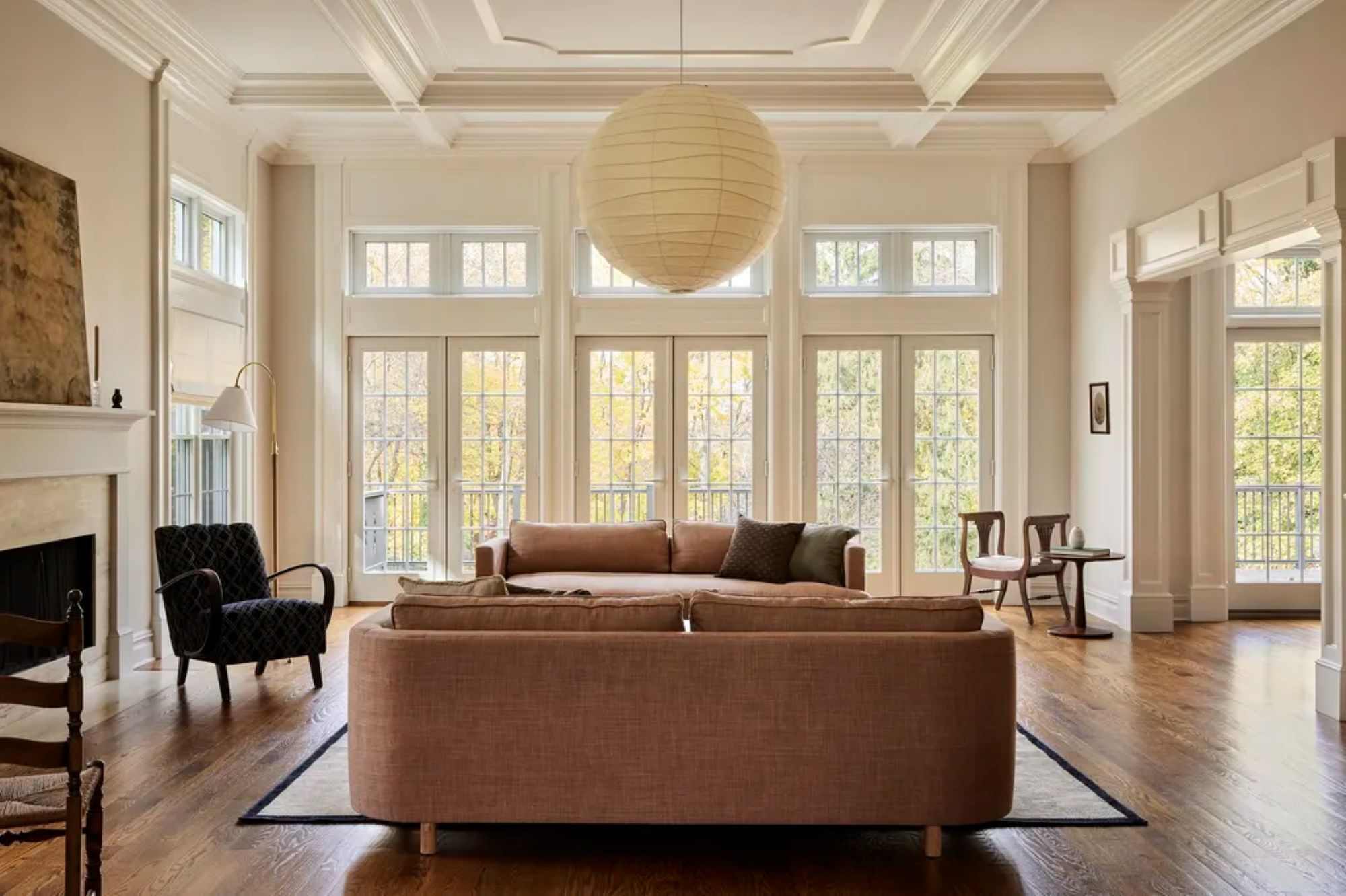
If your home has detailed architectural features, it could be a good idea to skip window coverings. This way, you won't tarnish the aesthetic of the space.
2. When There Are Architectural Features
Pay attention to the architectural details of your home, as they could be a reason to skip window treatments, too. "If a home has original molding and intricate window trim we always consider foregoing window treatments to let the architectural details shine," says Jennifer.
This is a particularly important consideration for people with historical homes. Curtains or blinds can detract from the look of the space, and they might even compromise the historical integrity of the architecture.
Plus, windows themselves can be standout design features — especially when complete with ornate trim. As Interior designer Sarah Tract adds, "leaving [windows] bare celebrates these design elements!"
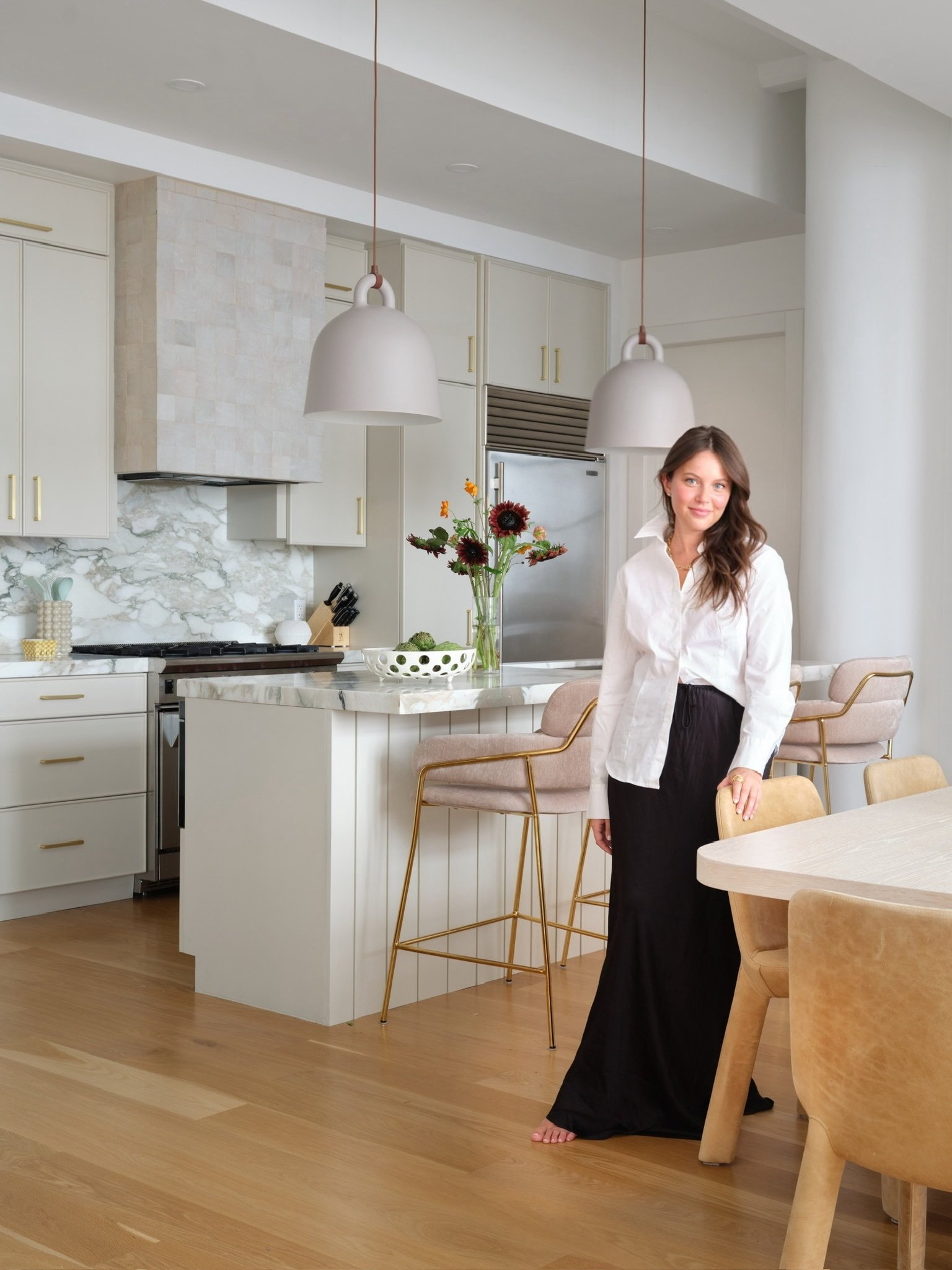
Sarah Tract is the creative force behind Sarah Tract Interiors. She brings years of experience and a unique perspective to each project she undertakes. Her designs seamlessly blend elements of sophistication with a touch of warmth and whimsy, resulting in spaces that reflect the individuality and lifestyle of each client.

Custom treatments for large and oddly shaped windows can be very costly. Instead, consider no window treatments to embrace the window design and avoid the expense.
3. When Custom Curtains Are Too Costly
Truth be told, window coverings can be expensive — especially when dealing with irregularly shaped or oversized windows that require custom treatments. The cost can quickly add up, so it's important to determine if you really need it, or you're just doing it because you think you should.
Jennifer Jones suggests evaluating each room of your home. Maybe your dining room features standard size windows, so simple curtains or shades will do the trick. But what if your great room has massive, angular windows that are just too big and would require something custom?
It might be more of a hassle (and an unnecessary expense) to include custom window treatments, so you may as well just skip them all together, especially if you don't have anyone looking in on you.

Jennifer Jones is the principal designer and founder of Niche Interiors. Jennifer’s designs achieve an elusive blend of sophistication and sustainability. She also serves as an Ambassador to the Sustainable Furnishings Council and a Founding Member of the Good Future Design Alliance.
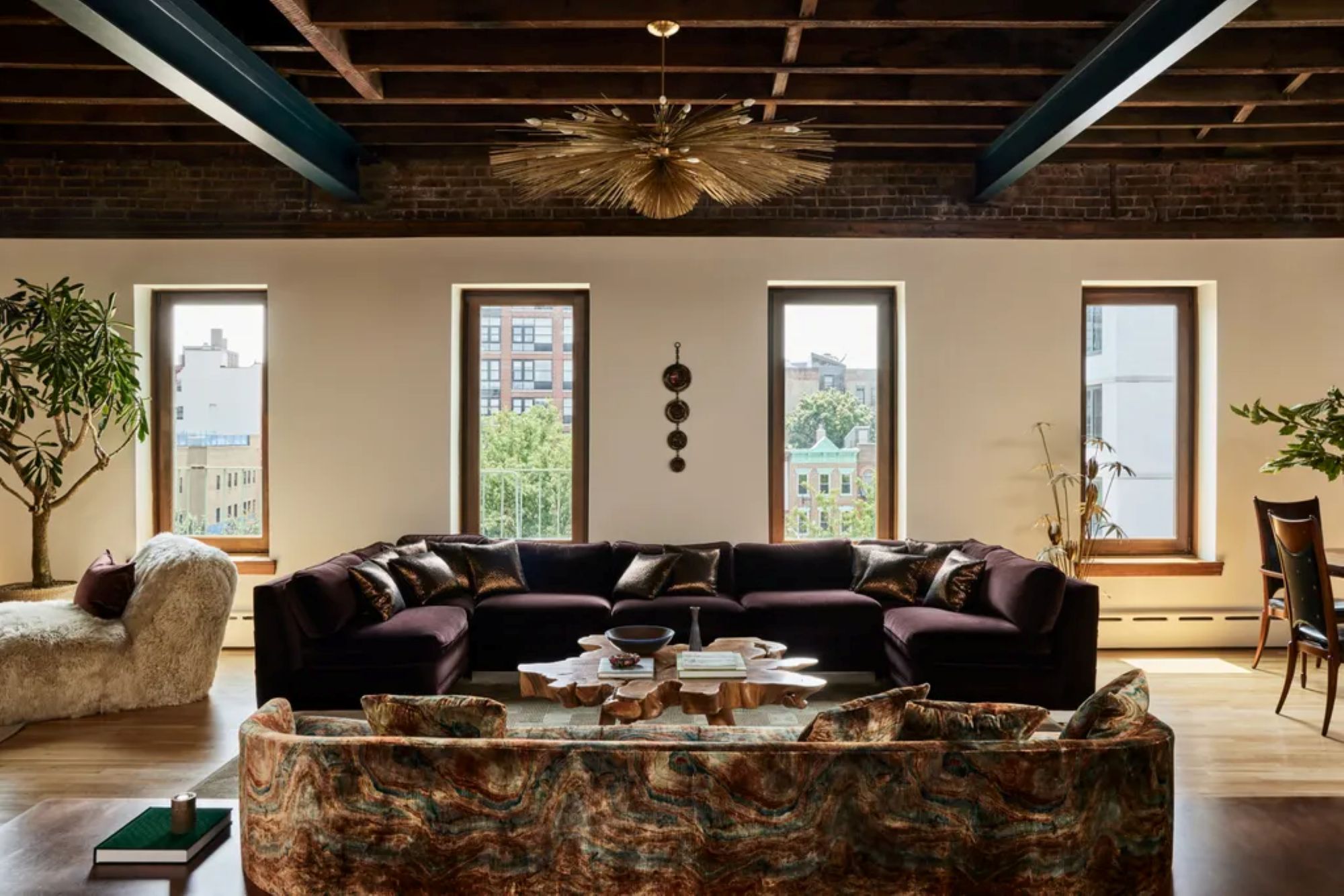
If your home has a stunning view, don't hide it with window coverings. Simple.
4. When the View Deserves All the Attention
If you're lucky enough to live in a home that has a stunning view — whether that be of a natural landscape or city skyline — don't let window treatments hide the beauty.
Designer Gabriela Eisenhart explains that this is an instance to forgo curtains, blinds, or shutters in order to embrace the view. Instead, let the windows be like picture frames that perfectly border the outdoor scenery.
Adding any sort of treatment can interrupt that visual flow, too. Keep your windows bare and allow the view to become an integral part of your room's design — connecting the inside space with what's outdoors.
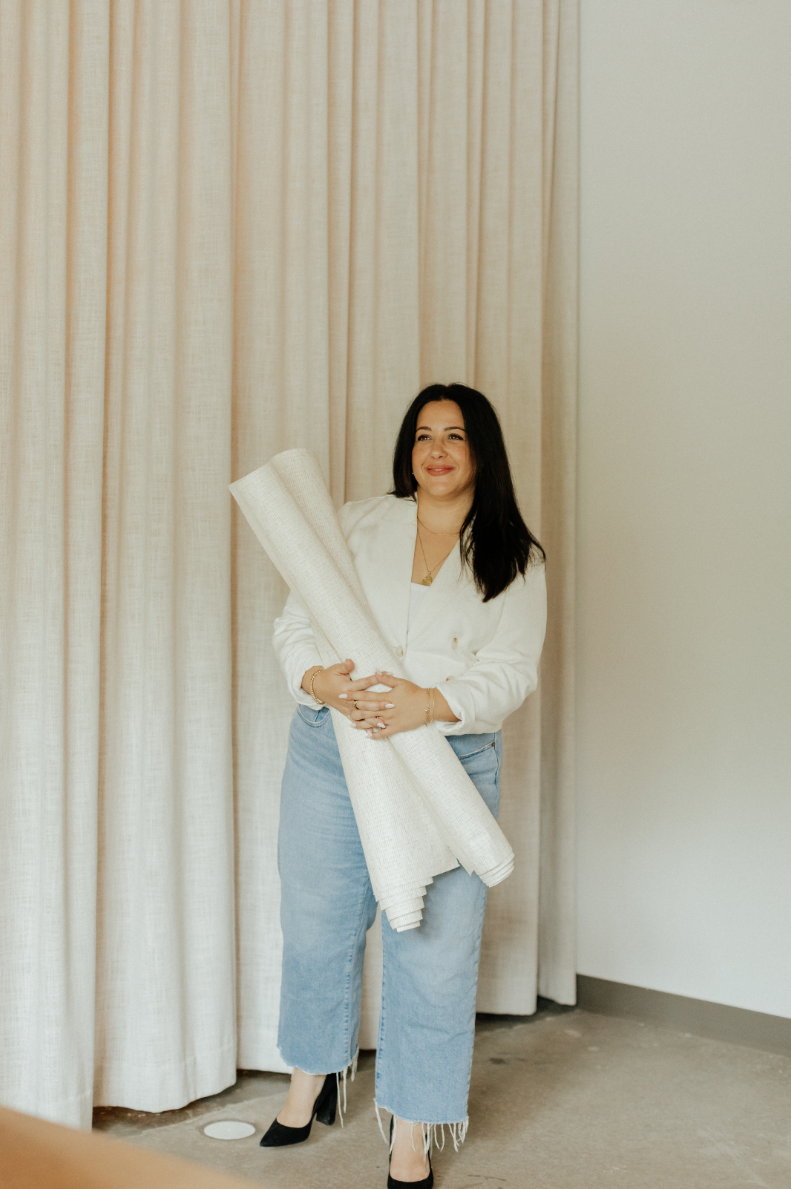
Gabriela Eisenhart is the founder and principal designer at Silo Studios. Over the last 12 years, Gabriela has partnered with homeowners across the U.S. to help them to feel more connected to both their home and each other, through design. Her style has been described as timeless with a touch of the unexpected.
When You Need Window Treatments
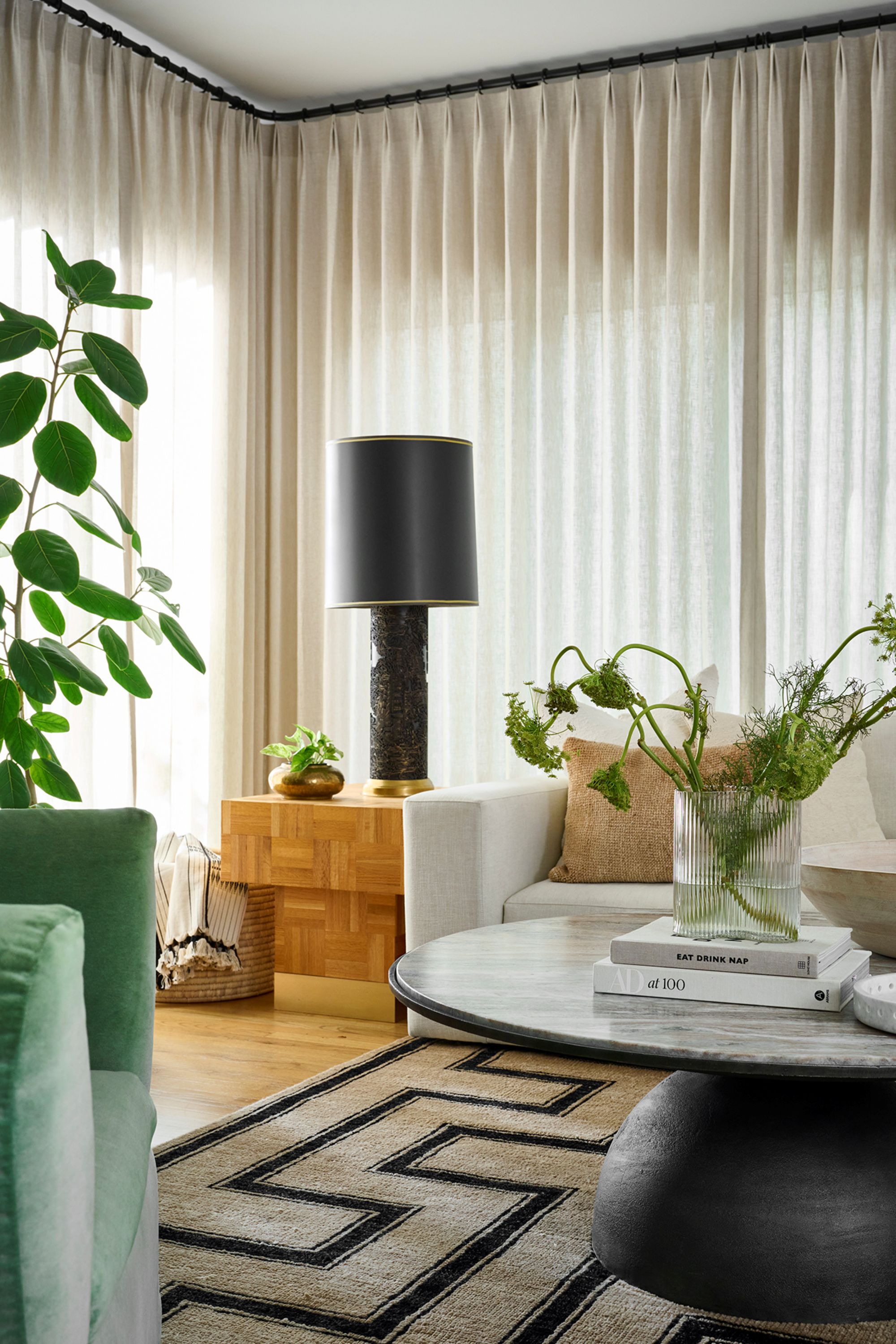
If privacy is a necessity, opt for translucent floor to ceiling curtains. This way, you can still enjoy natural sunlight and seclusion.
While opting out of window treatments feels modern (and will help cut costs), sometimes it's simply not realistic. One of the most important reasons to have window treatments, of course, is for privacy.
In certain rooms, window treatments are a must. According to Sarah Tract, that includes bedrooms or bathrooms. "These spaces need to be well considered and privacy can be a concern," she says.
But aside from privacy, window treatments act as additional decoration that can truly help pull a space together. As Gabriela Eisenhart says, "window treatments are the accessories or jewelry of a room." In some instances, skipping window treatments can leave a room feeling bare and unfinished.
FAQs
Can You Create Privacy Without Curtains?
Unless your house sits on acres of land with no nearby neighbors (I'm jealous), you might be wondering if there are ways to maintain privacy even if you choose to forgo window coverings.
Georgina recommends textured glass or perhaps incorporating glass blocks into your home's design to achieve privacy without having to hang curtains or drapes in front of your windows.
And another tip — use external Venetian blinds. This way, you can control the heat level in your home without interior obstructions, too.
If you're renting, or looking for a simple privacy solution, there are temporary options out there. "Window film is an easy way to add privacy to smaller spaces such as powder rooms where natural light is welcome but nosy neighbors are not," Jennifer shares. Tinted film can also be a good idea — "this alternative allows for you to see out, but people aren’t able to see in," Gabriela adds.

This privacy film features stripes, adding a fluted texture to its design. To apply, simply peel off the transparent backing and press this flush against any window or door. Its design is meant to block UV rays that can discolor furniture, and it'll look stylish while doing so.
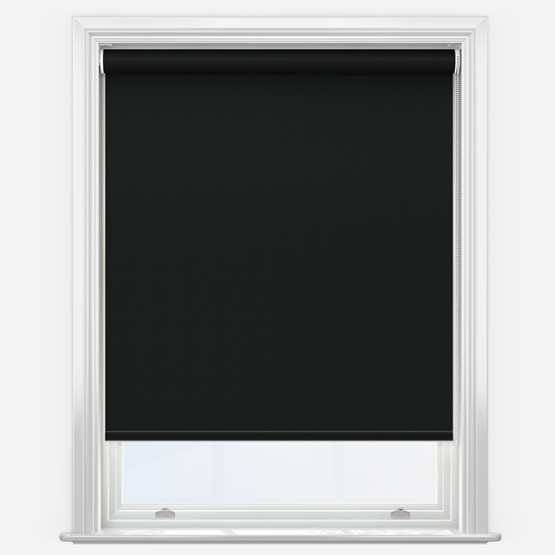
With its specially designed fabric, this made to measure blind has been created to keep out as much light as possible as well as allowing you to shut out the outside world. Your home should be your sanctuary, and this blind makes that possible. This window film lets in sunlight, but successfully blocks damaging UV rays.

This frosted window film is a modern alternative to dressing your window in a way that won't interrupt the look of your space. It provides just the right amount of privacy, while still ensuring light can get in. It can easily be cut down to size, and is applied using a squeegee.
This skipping window treatments trend has me wondering — are curtains out of style these days?
For the answer, we spoke to interior designers. (And they didn't hold back.)

Devin is a New York-based style editor for Livingetc who is keen on all aspects of personal style. From a young age, she was drawn to the design world, and she loves sharing design choices with her readers, from explaining how to incorporate trends into interior spaces to sourcing the best products for your home. Devin believes style should be inclusive, exciting, and at its core, fun.